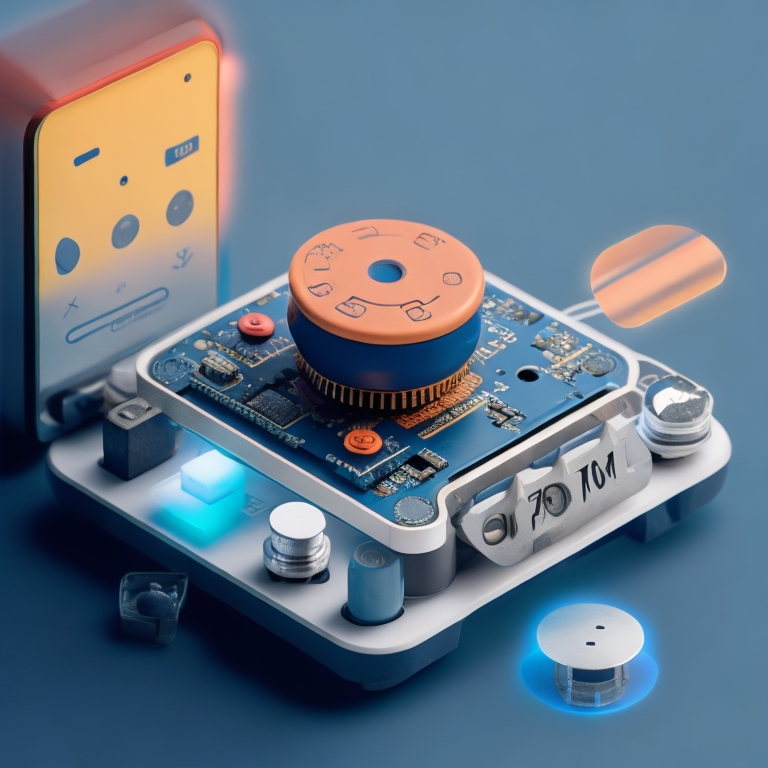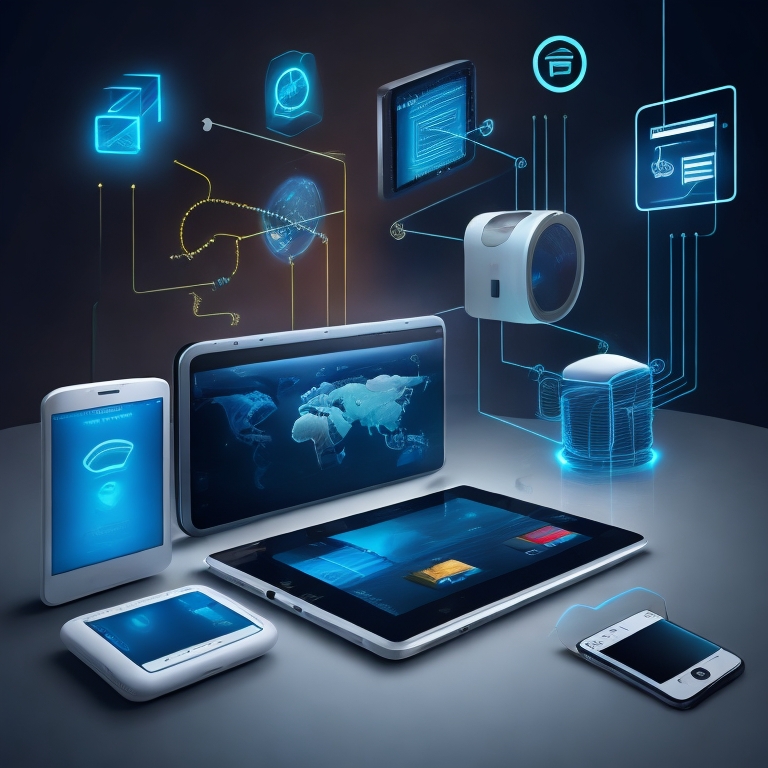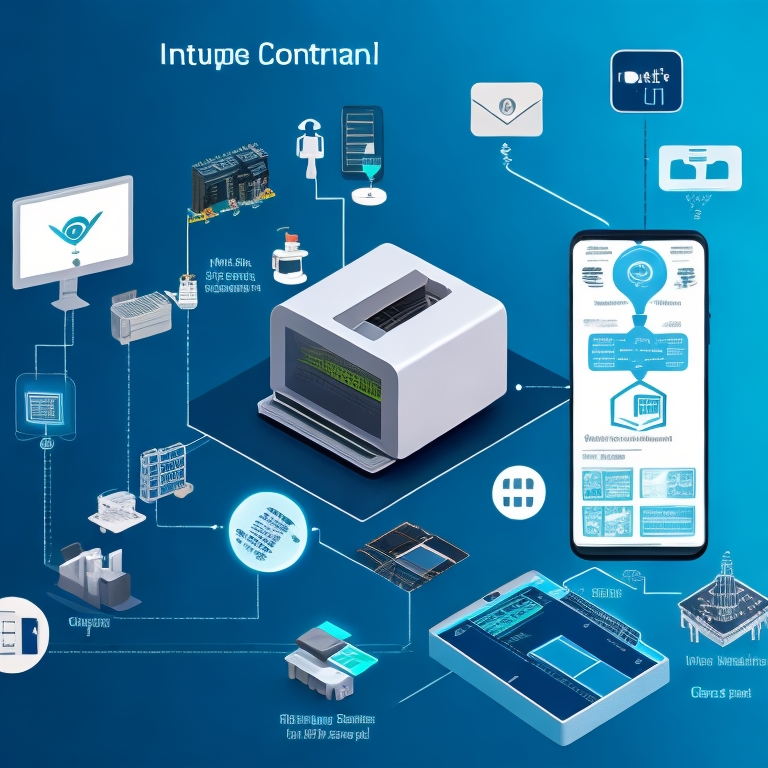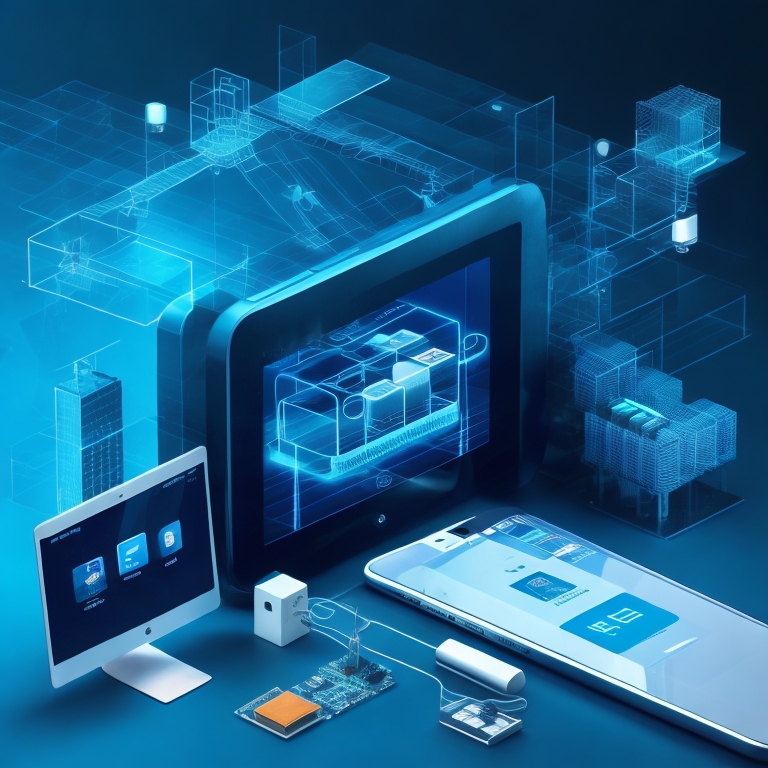
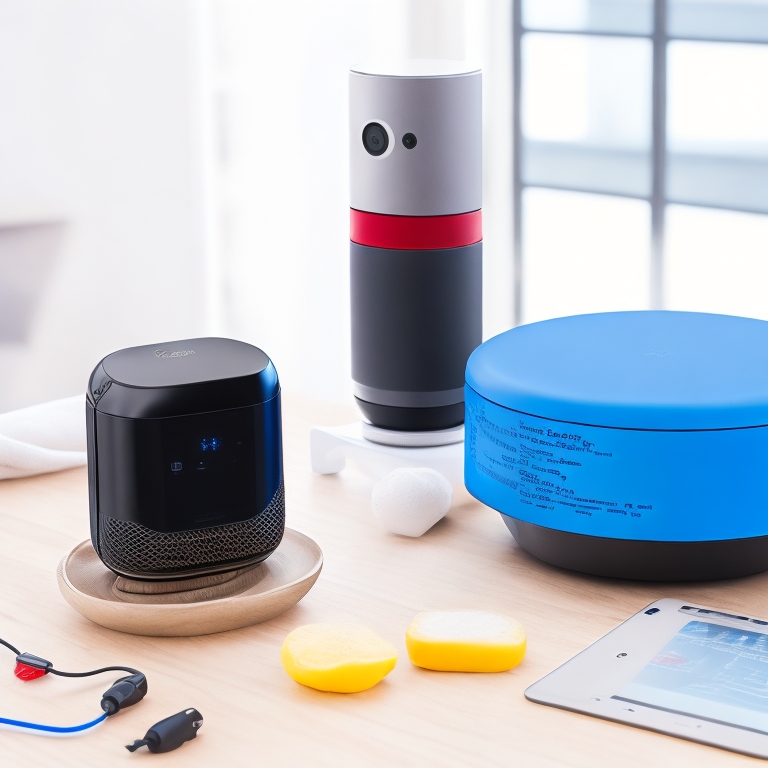

Introduction
The Internet of Things (IoT) has taken center stage in an era driven by technological breakthroughs, converting our homes and workplaces into interconnected centres of efficiency and comfort. The sheer number of IoT devices, though, can occasionally feel overwhelming. This manual serves as your road map for streamlining IoT control and regaining control over the situation. We’ll debunk the process for you and give you concrete instructions for managing your IoT devices with ease. Let’s start this road to reclaim power.
Understanding IOT Devices
You must have thorough understanding of IoT in order to manage your IoT devices efficiently.
What is IOT?
Network of interconnected physical objects that communicate and share data via internet is called Internet of Things (IoT). Objects can be light bulbs, thermostats, medical devices and more.
Types of IOT Devices
IoT devices come in various forms, including home automation devices, industrial sensors, wearable gadgets, and more. Each serves specific purpose and can be controlled in different ways.
Benefits and Challenges of IOT
Explore the advantages of IoT, such as convenience and efficiency, but also be aware of the challenges, such as security and privacy concerns, that come with it.
Creating a Solid IOT Foundation
Before diving into IoT control, ensure that you have strong foundation.
Your Home Network
Reliable Wi-Fi network is crucial for IoT device communication. Learn how to optimize your network for IoT.
Device Compatibility
Ensure your devices are compatible with each other and with your chosen control method.
Security Considerations
Protect your IoT ecosystem from potential threats by implementing strong security measures, including regular password changes and network monitoring.
Centralized Control Solutions
Discover the various ways you can control your IoT devices from centralized point.
Smart Hubs and Controllers
Explore the benefits of using smart hubs or controllers that can communicate with multiple devices, providing a single point of control.
How to Control IOT Devices
IoT is network of physical objects that are connected to the internet then we can control IOT devices remotely. Objects can be light bulbs, thermostats, medical devices and more. IoT device can be controlled in many ways. Below is list of few possible techniques.
- Smartphone apps: IOT devices have built-in smartphone apps that let you manage them. Some apps often let you to change the settings on the devices, turn them on and off, and get status reports.
- Web interfaces: Some IoT devices have web interfaces that can be used to control them. Any computer or mobile device with an internet connection can access these interfaces.
- Voice instructions: You can use voice commands to control some IoT devices. Voice assistants like Google Assistant and Amazon Alexa are used for this.
- Physical buttons: You can operate some IoT devices with physical buttons. This frequently occurs with gadgets that are not always online, such smart thermostats.
- APIs: These can be used to control IoT devices. APIs are standardized sets of instructions that enable communication between software programs.
The gadget itself and your personal tastes will determine the best approach to use an IoT device. Using mobile app is practical choice if you have mobile device. If you have a mobile device, using a mobile app is an efficient option. It makes sense to use web interface to control device from computer. Voice assistant can also be used to control the device through voice commands.
How to choose optimal method for operating IOT devices.
When choosing method to operate IoT devices, keep the following factors in mind.
- The actual device: Some gadgets feature built-in controls that make it simple to operate them via web interface or mobile app. You might need to use API to use other devices.
- Personal preferences: While some individuals prefer to use voice commands or web interface to handle IoT devices: Others prefer to use smartphone apps.
- The method’s security: There are procedures that are safer than others. Using mobile app or online interface, for instance, could make your device more susceptible to hackers.
IOT device security tips
It’s crucial to take security precautions when managing IoT devices.
- Employ secure passwords: For all of your IoT devices, use strong passwords. These passwords apply to your online interfaces, APIs, and mobile apps.
- Update your technology: Utilize the most recent software upgrades to keep your IoT devices up to date. These updates frequently come with security fixes that might aid in defending your devices from online threats.
- Use firewall: To prevent unwanted access to your IoT devices connected to your home or workplace network, use firewall.
- Take care when sharing information: Take care when sharing information with your IoT devices. Share no private or delicate information that you don’t want made public.
The Future of IOT Control
Stay ahead of the curve by exploring the future of IoT and the possibilities it holds.
Emerging Technologies
Learn about upcoming technologies, such as 5G and edge computing, that will enhance IoT control.
Expanding Possibilities
Consider how IoT control can continue to evolve and shape our daily lives.
Conclusion
By understanding the basics, setting up a strong foundation, and mastering various control methods, you can ensure that your IoT devices work seamlessly together to enhance your life. Embrace the future of interconnected living and make the most of your IoT ecosystem.
Managing your house or business more conveniently may involve controlling IoT devices. IoT device control options are plentiful, so you can pick the one that best meets your requirements. It’s crucial to take security precautions when managing IoT devices. You can aid in defending your IoT devices against hackers by paying attention to these suggestions.
FAQs
(Q) What is IOT?
- Network of interconnected physical objects that communicate and share data via internet is called Internet of Things (IoT). Objects can be light bulbs, thermostats, medical devices etc.,
(Q) What advantages can IOT device controls offer?
IoT device control has a lot of advantages. These advantages include:
- Convenience: IoT devices can be controlled remotely, allowing for global access to them.
- Effectiveness: Automating tasks with IoT devices can help you save time and energy.
- Security: You may utilize IoT devices to monitor your home or place of work, keeping you safe and security.
- Comfort: IoT devices can be used to improve the comfort of a space, for instance, by adjusting the temperature or lighting.
(Q) What are the risks of controlling IOT devices?
Controlling IoT devices comes with certain risks as well.
- Privacy: IOT equipment can collect lot of information about you that could be used to track your movements.
- Cost: IOT devices can be quite expensive, and the cost of maintaining them can add up over period of time.
- Security: IoT devices can have capable to collect lot of data about you that might be used to monitor your behaviour.
- Reliability: IoT hardware might not always function as expected or be dependable.
(Q) How may IoT devices be controlled in different ways?
IOT device management is possible in a variety of methods.
- Mobile Apps: IOT devices come with built-in smartphone apps that can be used to control them. You may frequently alter the settings, turn them on and off, and receive alerts about their condition with these apps.
- Web interfaces: Some IOT devices support web interface control. Any computer or mobile device with an internet connection can access these interfaces.
- Voice instructions: Some IOT devices include voice commands for control. Voice assistants like Amazon Alexa Google Assistant and Google Assistant are used for this.
- Physical buttons: You can operate some IoT devices with physical buttons. This frequently occurs with technology like smart thermostats that is not always online.
- APIs: IoT devices can also be controlled using APIs. APIs are sets of instructions that allow software applications to interact with each other.
(Q) How can I select the best approach to operate Internet of Things devices?
You can pick the optimal IOT device control technique for you based on the equipment in question and your personal preferences.
Actual device: Some gadgets come with built-in controls that make it simple to operate them through web interface or mobile app. To use other devices, you might need to use an API. Your personal preferences: Some people favor using smartphone apps, voice commands, or a web interface to control their IoT devices.
The method’s security: Some methodologies offer greater security than others. Using a mobile app or online interface, for instance, could increase your device’s vulnerability to
(Q) How can I protect my IoT devices?
It’s crucial to take security precautions when managing IoT devices.
- Employ secure passwords: For all of your IoT devices, use strong passwords. These passwords apply to your online interfaces, APIs, and mobile apps.
- Keep your devices up to date: Install the most recent software updates on your IoT devices. These updates frequently come with security fixes that might aid in defending your devices from online threats.
- Use a firewall: To prevent unwanted access to your IoT devices linked to your home or office network, use a firewall.
- Exercise caution when sharing information: Be cautious while sharing information with your IOT gadgets. Do
(Q) Which IOT products are the most well-liked?
- Smart thermostats: Which can control the temperature of your home based on your preferences and schedule.
- Smart lighting: Smart lights can be turned off and on, changed and muted to various colours using voice command and smartphone app.
- Smart locks allow you to let yourself in without carrying a key because they can be remotely locked and opened.
- Smart speakers: These devices can use voice commands to play music, set alarms, and control other IoT devices.
